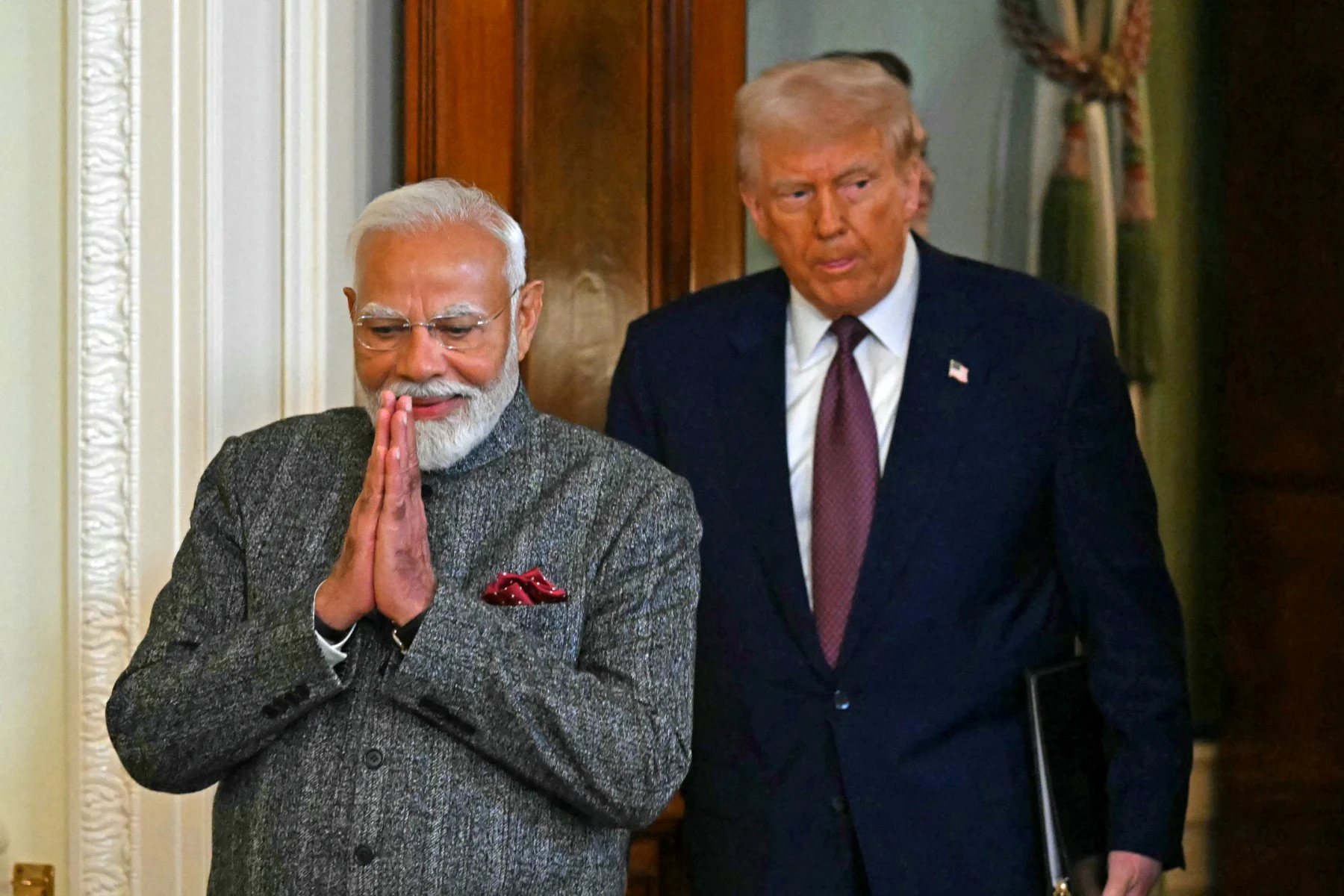U.S. President Donald Trump announced Thursday that his administration will impose tariffs of up to 100 percent on imports of branded and patented pharmaceutical products starting October 1, 2025, a move expected to have significant consequences for India’s pharmaceutical industry.
In a statement on Truth Social, President Trump said the tariffs would not apply to companies currently building manufacturing plants in the United States. “Starting October 1st, 2025, we will be imposing a 100 per cent Tariff on any branded or patented Pharmaceutical Product, unless a Company IS BUILDING their Pharmaceutical Manufacturing Plant in America,” he declared, adding that “IS BUILDING” would be defined as “breaking ground” and/or “under construction.”
The new measures extend Trump’s recent tariff policies, which have already targeted a wide range of imports. In addition to pharmaceuticals, Trump announced a 50 percent duty on kitchen cabinets and bathroom vanities, a 30 percent tariff on upholstered furniture, and a 25 percent tariff on heavy trucks. He said the actions were necessary “for National Security and other reasons.”
India, one of the largest exporters of pharmaceutical goods to the U.S., could be particularly affected. In fiscal year 2024, India exported $27.9 billion worth of pharmaceutical products, of which 31 percent — $8.7 billion — went to the U.S., according to the Pharmaceuticals Export Promotion Council of India. During the first half of 2025 alone, Indian firms exported $3.7 billion in pharma goods to the American market.
India supplies more than 45 percent of generic drugs and 15 percent of biosimilars used in the United States. Major companies such as Dr. Reddy’s, Aurobindo Pharma, Zydus Lifesciences, Sun Pharma, and Gland Pharma derive between 30 and 50 percent of their revenues from U.S. operations. While the latest tariffs are aimed at branded and patented drugs, uncertainty remains about whether complex generics and specialty medicines will also be impacted.
Industry experts warn that the tariffs could increase drug costs in the United States, where consumers rely heavily on affordable Indian generics. Indian pharmaceutical companies, already operating on thin margins in the U.S., may struggle to absorb the higher costs and could be forced to pass them on to consumers and insurers.
The latest announcement follows earlier tariffs, including a 50 percent duty on Indian imports, which incorporated a 25 percent penalty linked to India’s continued purchase of Russian oil.

